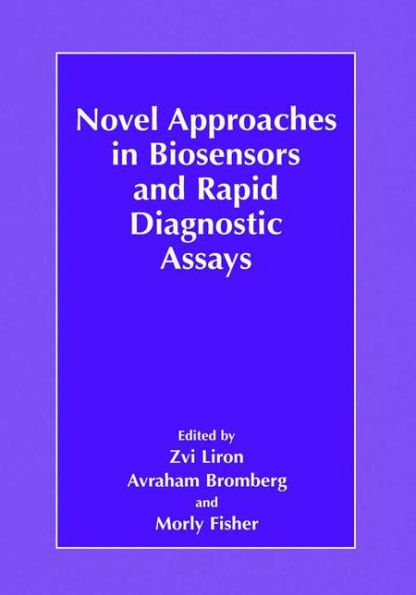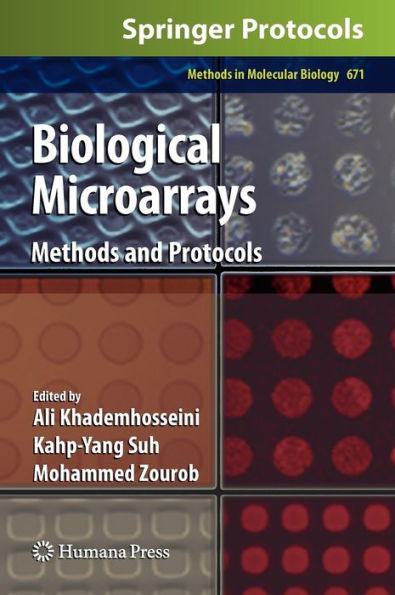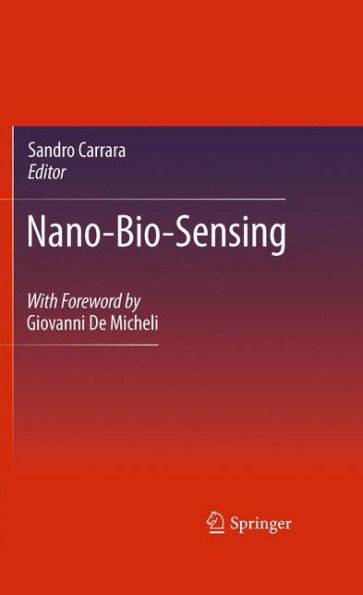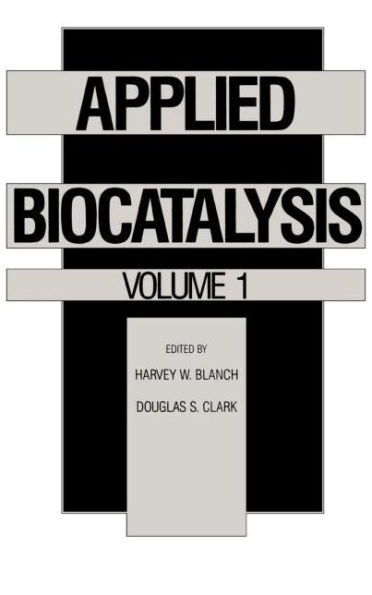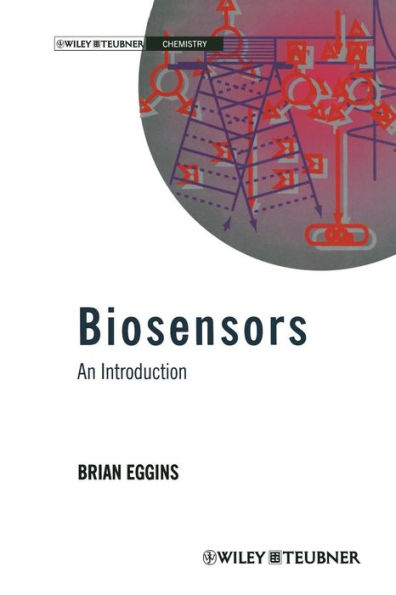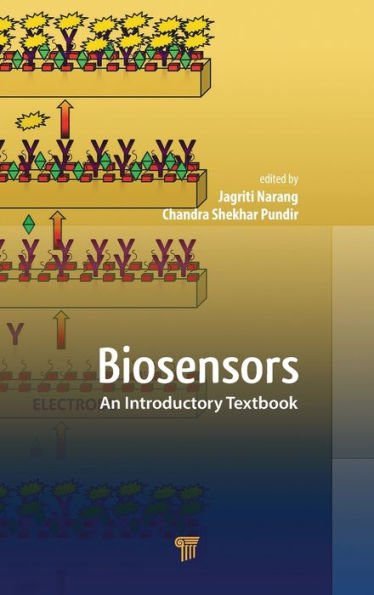Home
Enzyme and Microbial Biosensors: Techniques and Protocols / Edition 1
Loading Inventory...
Barnes and Noble
Enzyme and Microbial Biosensors: Techniques and Protocols / Edition 1
Current price: $109.00


Barnes and Noble
Enzyme and Microbial Biosensors: Techniques and Protocols / Edition 1
Current price: $109.00
Loading Inventory...
Size: OS
*Product Information may vary - to confirm product availability, pricing, and additional information please contact Barnes and Noble
In 1962 Clark and Lyons pioneered the concept of a biosensor. They p- posed immobilizing enzymes at electrochemical detectors to form “enzyme el- trodes” in order to expand the analyte range of ther base sensor. Smce then, the field of blosensors has greatly expanded. Some of the reasons for the expansion include both advances in signal transduction technologies and the incorporation of different biological sensing elements (Table 1). As a consequence, there are now a bewildering array of permutations of the biological sensing element and signal transducers that can be used to c- struct a biosensor. The purpose of the two volumes of Prools and Te- niques in Biosensors is to provide a basic reference tool and starting point for use by graduate students, postdoctoral and senior researchers, and technicians m academics, industry, and government research establishments, to enable rapid entry into the field of biosensors. There are a variety of approaches that researchers employ to select a combination of bioaffinity elements and signal transducers. One commonly used approach is to identtfy the compound or compounds of interest; identify the biological molecule that yields an appropriate recognitionlselectivtty and dynamic concentration range for the assay; and choose an assay format and signal transduction technology that will meet the analytical requirements for the proposed application, This volume, Enzyme and Microbial Biosensors: Techniques and Prools, describes a variety of transduction technologies that have been interfaced to enzymes and microorganisms.

